We live in an era where we are constantly seeking faster, better, and newer. After all, we love to take classic recipes and add a modern twist to them. Modern times have evolved the way we shop for our ingredients as well as the actual foods we shop for. Today, it’s common to have your groceries delivered to your doorstep or at least delivered right into your lifted car trunk.
However, are any of those groceries you’re adding to your Instacart canned pineapple or canned peaches? Or maybe sumac, carom seeds, or simply beans? While these ingredients may seem old-fashioned or boring, just because they’re old-school, that doesn’t mean they aren’t worthy of your purchase. In fact, there are a variety of underrated ingredients that make up classic recipes rival to your grandmother’s meals that you should have on your weekly shopping list for their culinary uses and for potential health benefits.
We asked, Toby Amidor, MS, RD, CDN, FAND award-winning nutrition expert and Kanchan Koya, a chef with a Ph.D. in Biomedicine from Harvard University, training from the Institute of Integrative Nutrition, and founder of Spice Spice Baby, to highlight their favorite underrated old-fashioned ingredients no one is cooking with anymore, but really should be. The results were varied and eye-opening, and we dare say, potentially very delicious. Plus, don’t miss 7 Unhealthy Old-Fashioned Ingredients That No One Uses Anymore.
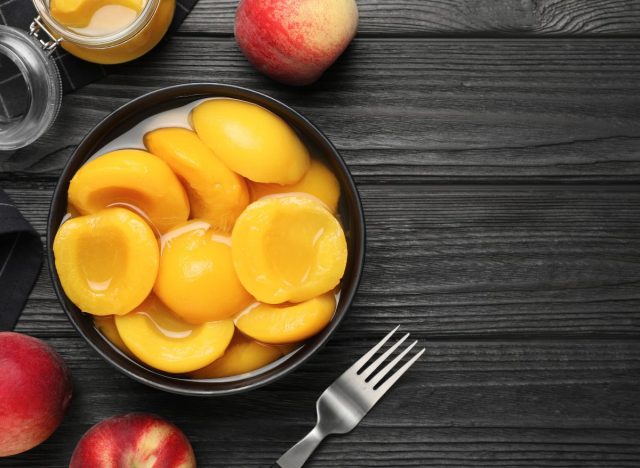

Canned peaches and pineapple are an easy—and tasty—way for people to add more fruits to their daily meals. Amidor states that “According to the 2020-2025 dietary guidelines for Americans, only 15% of Americans are meeting their daily recommended amount of fruit.”
And, she says, just because these canned fruits come in a can, doesn’t make them any less than nutritional as opposed to fresh fruit. “Canned pineapple and peaches are an excellent way to get more vegetables with their long shelf life and inexpensive cost,” says Amidor.
Aside from slurping the fruit straight from the can, Amidor shares that these pantry staples can be used in a variety of dishes and bakes. “Canned pineapple and peaches can be used to sweeten oatmeal (using the liquid and fruit), added to batters for muffins, cakes, and pancakes, and even used in smoothies.”
Try this recipe from The Spruce Eats.
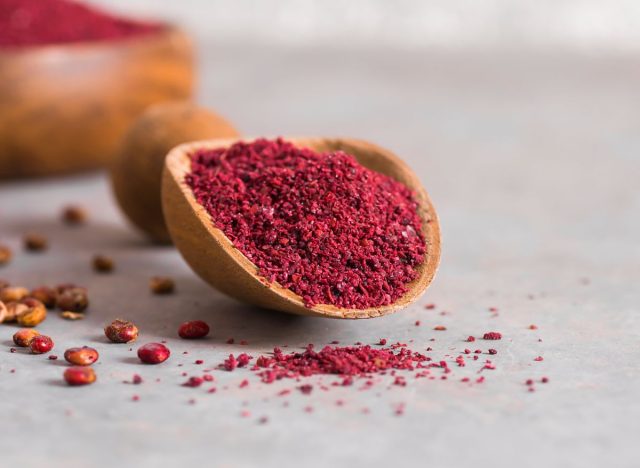

With a book and website called Spicy Spice Baby, it’s no surprise that a few of Koya’s revived ingredients are spices. One is Sumac. “Sumac is an ancient spice with roots in the Middle East traditionally used on hummus, baba ghanoush, and kebabs but it can be embraced in the modern global kitchen,” explains Koya. She describes it as having “a lemony fruity tang and gorgeous purple hue.” It’s also right in antioxidants and incredibly versatile. “I love adding it to dressings like a tahini maple cayenne dressing drizzled over a salad with Little Leaf Farms’ lettuce, chickpeas, tomatoes, and avocado.” As a brand ambassador for Little Leaf Farms, she puts together amazing salads, including this must-try vegan take on a Cobb salad that will blow your mind. Don’t skip the carrot bacon!
Get the recipe for Koya’s Vegan Cobb Salad.
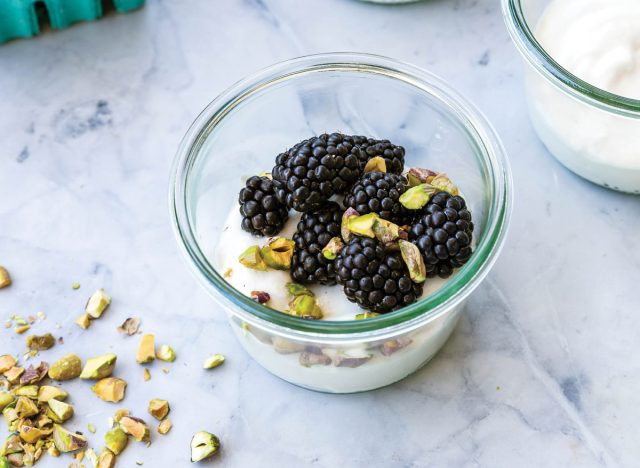

Cottage cheese may have been something you hid under your napkin as a kid, but don’t overlook this protein and calcium-rich cheese today. “Some believe cottage cheese was one of the first cheeses made in America” shares Amidor. She continues, “This cheese provides protein, calcium, vitamins B12 and A, potassium, phosphorus, and selenium.”
For a quick breakfast or healthy snack, combine two old-fashion ingredients, cottage cheese and canned peaches for a nutritious nosh. “In the 1980s, cottage cheese and canned peaches were listed on many diner menus, and can still find them on some menus to this day. Cottage cheese has since become less popular, but is still a very nutritious food that I do include in recipes in each of my nine cookbooks.” Amidor uses cottage cheese as a component in everything from smoothies, and dips, to eating it topped with fruit and granola.
READ RELATED: Children who tell blunt truths are judged more harshly by adults than those who tell white lies
Try her whipped cottage cheese with berries and pistachios for a mega morning pick-me-up.
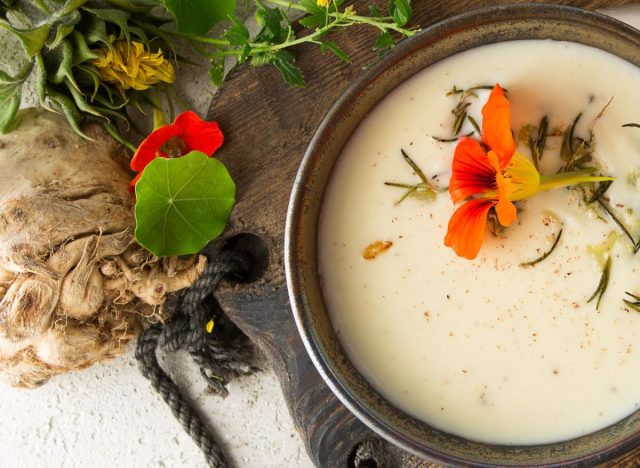

Celeriac or celery root is a root vegetable with a lot of good-for-you properties. “It’s also high in fiber which can help support heart and gut health. Celeriac makes a tasty addition to soups and stews” says Amidor. Celery root can also be mashed and is a good low-carb stand-in for potatoes in a number of dishes. Use raw, shredded celeriac to add a fresh element to slaws and crunch to salads. It is also a great stand-in for rice if you’re cutting carbs or are on a gluten-free diet.
Get our recipe for Chicken Kababs With Celeriac Rice.
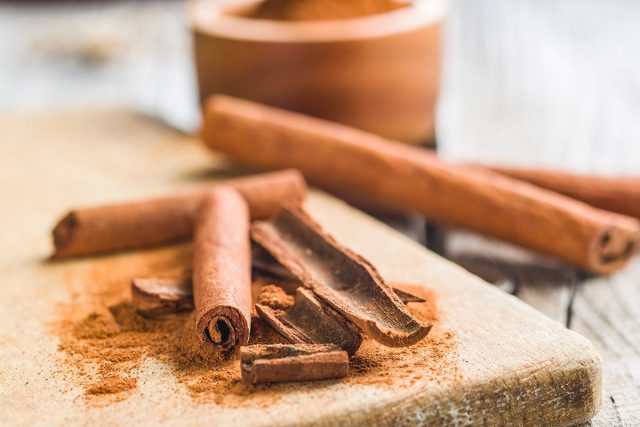

Another spice that Koya would like to bring back into savory foods is cinnamon. “Cinnamon is typically reserved for baking or holiday treats, but historically it was used to prevent food spoilage and even season savory dishes,” she says. “I suggest we bring it back to enliven savory preparations like lentil or meat bolognese, soups, and toasted winter vegetables like butternut squash and sweet potatoes.” As a bonus, it has blood sugar balancing effects, a complex peppery and sweet flavor profile and its scent alone may be a mood booster, she says. She uses a touch of cinnamon and nutmeg to bring out the flavor of the roasted butternut squash in her Spiced Up Fall Salad.
Try her recipe for Spiced Up Fall Salad.
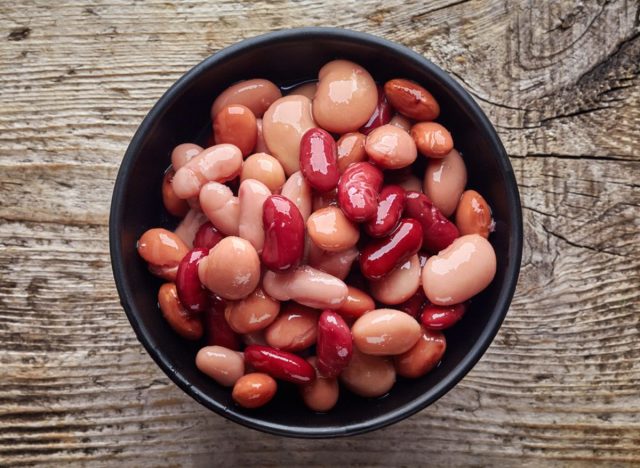

The simple basic bean is considered a longevity-promoting food because of its fiber and phytonutrients, says Koya. “Many people shy away from them in modern times because they think they’re lackluster, too basic, or too difficult to digest I believe people should enjoy beans regularly whether soaked and cooked into a stew-like preparation with ginger, cumin, and bay leaf to improve digestibility, or mashed into an everyday favorites like avocado toast with a drizzle of lime juice and fresh herbs. I even like to sprinkle them over crunchy lettuce like Little Leaf Farms, along with red onion, cherry tomatoes, and corn to make a taco salad.”
Try her take on a plant-based feijoada.
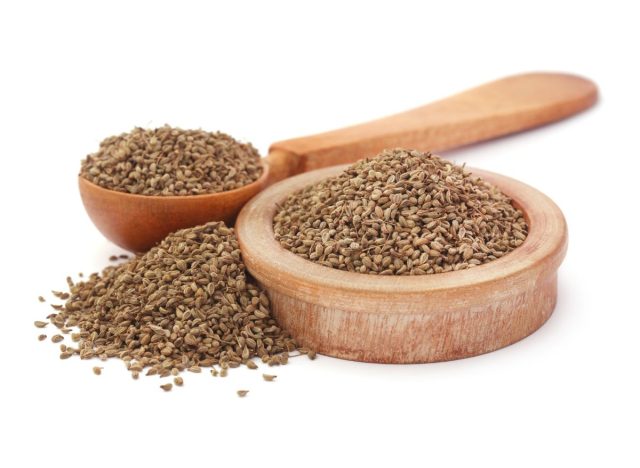

Carom seeds, also known as ‘ajwain,’ are a centuries-old spice used in traditional Indian cuisine, says Koya. They have a pungent peppery bite and may help improve the digestion of fatty foods. Add them to falafels, sourdough bread, or even to a batter for fried chicken or fish. “They add a complex flavor and have potential gut health benefits,” explains Koya.
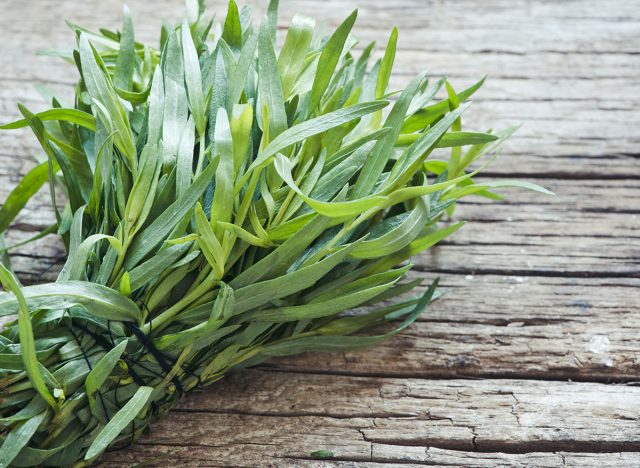

Tarragon used to be beloved in classical French cuisine but has so much to offer in the modern kitchen, says Koya.” I love adding to baked fish or tofu for a delicate herbaceous note or whisking it into a mayonnaise-based creamy dressing with red wine vinegar drizzled over an apple fennel red onion salad with Little Leaf Farms’ crispy lettuce. “
Try her recipe for Sweet Paprika Fish With Tomato Tarragon Chutney.
The next time you’re browsing the store shelves, pick up one of these old-fashioned ingredients to liven up your dishes and add a healthy element you could be missing.
Source:









